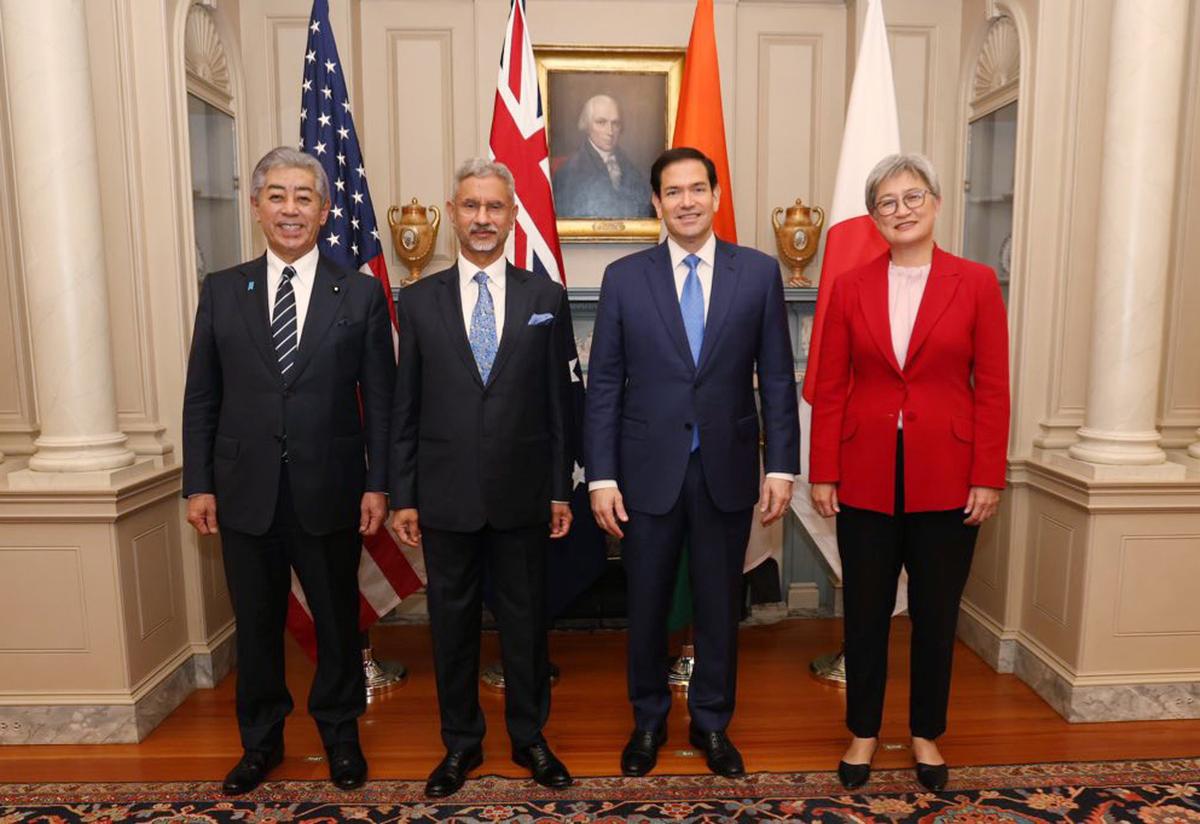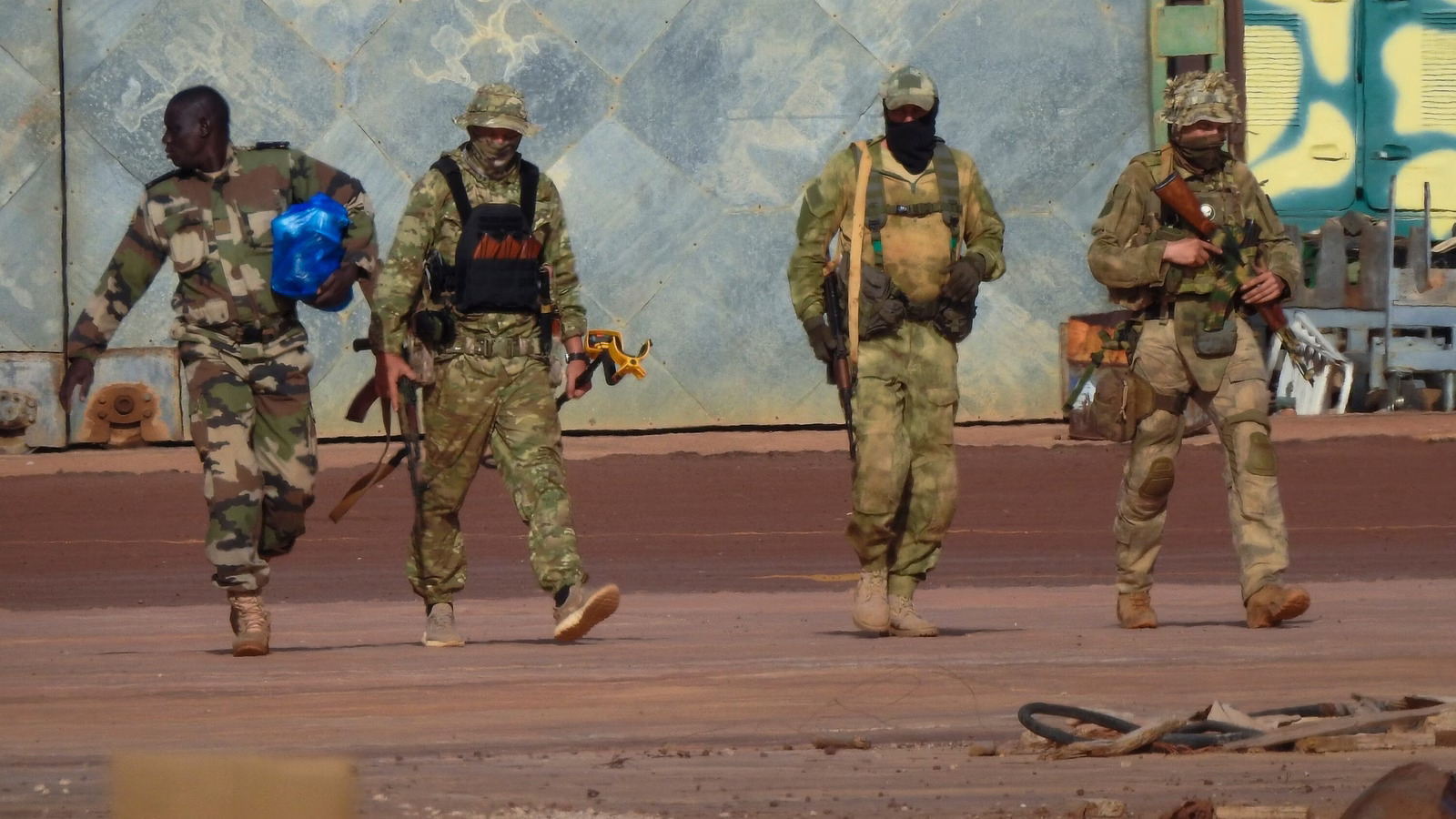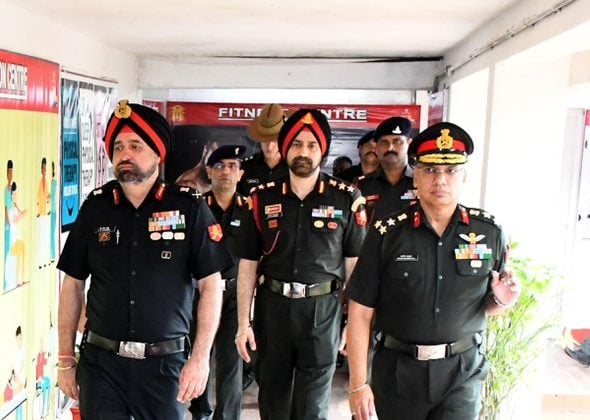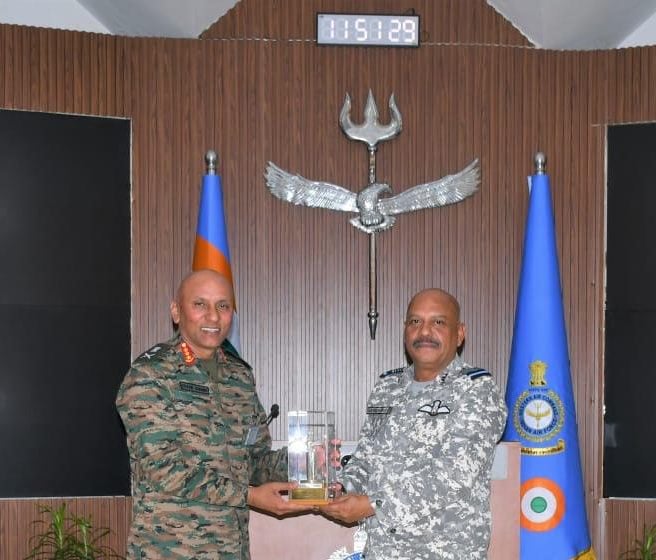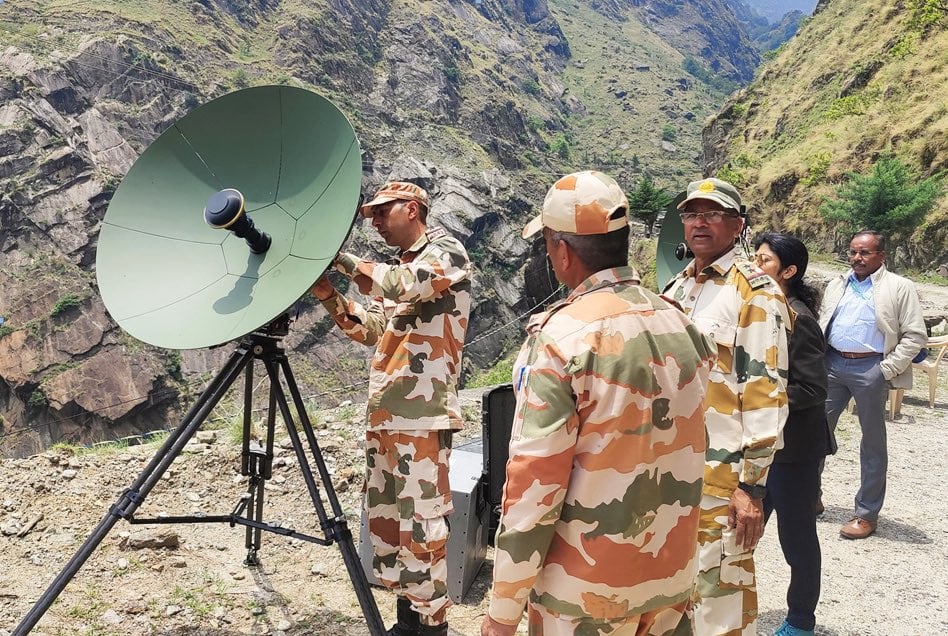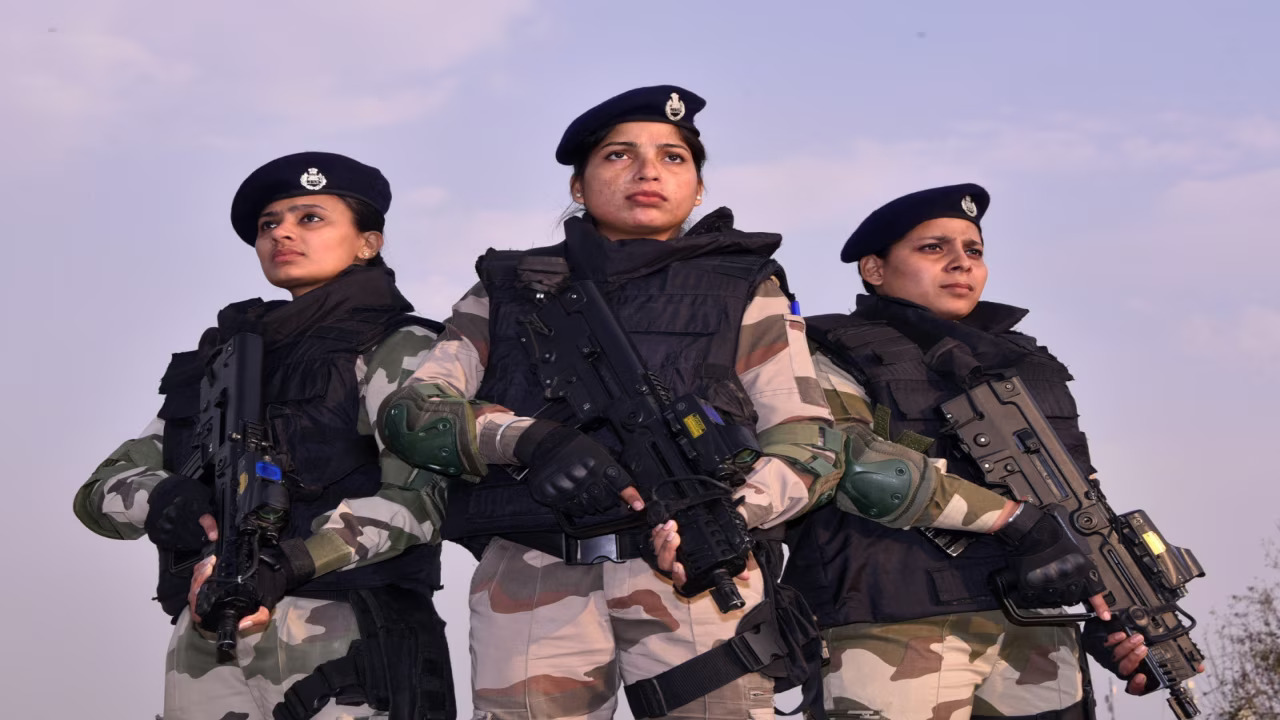Quad Slams Pahalgam Terror Attack, Raises Alarm Over China’s Indo-Pacific Moves
The Quadrilateral Security Dialogue (Quad), comprising India, the United States, Japan, and Australia, strongly condemned the April 2025 terror attack…
Al-Qaeda-Linked Group Claims Deadly Attack on Mali Army Near Senegal Border
An al-Qaeda-affiliated group, Jama'at Nusrat al-Islam wal-Muslimin (JNIM), has claimed responsibility for a coordinated attack on multiple Malian army positions,…
Lt Gen Pawan Chadha Visits Nashik Artillery Centre, Inaugurates Modern Rehab and Training Facilities
Lieutenant General Pawan Chadha, SM, VSM, General Officer Commanding Maharashtra and Gujarat Area, conducted a strategic visit to the Artillery…
Western Air and Northern Army Commanders Hold Strategic Meeting to Boost Joint Operations
In a key development to enhance inter-service coordination, Air Marshal Jeetendra Mishra, Air Officer Commanding-in-Chief of the Western Air Command,…
DRDO’s DEAL Successfully Conducts Field Trials of SDR Manpack and CTCS in Uttarakhand
The Defence Electronics Application Laboratory (DEAL), a DRDO lab based in Dehradun, has successfully completed field trials of two advanced…
Four Women Officers Now Hold Top IG Positions in CISF, Marking Historic Milestone
In a significant development for gender representation in India’s paramilitary forces, four women officers of the Central Industrial Security Force…

